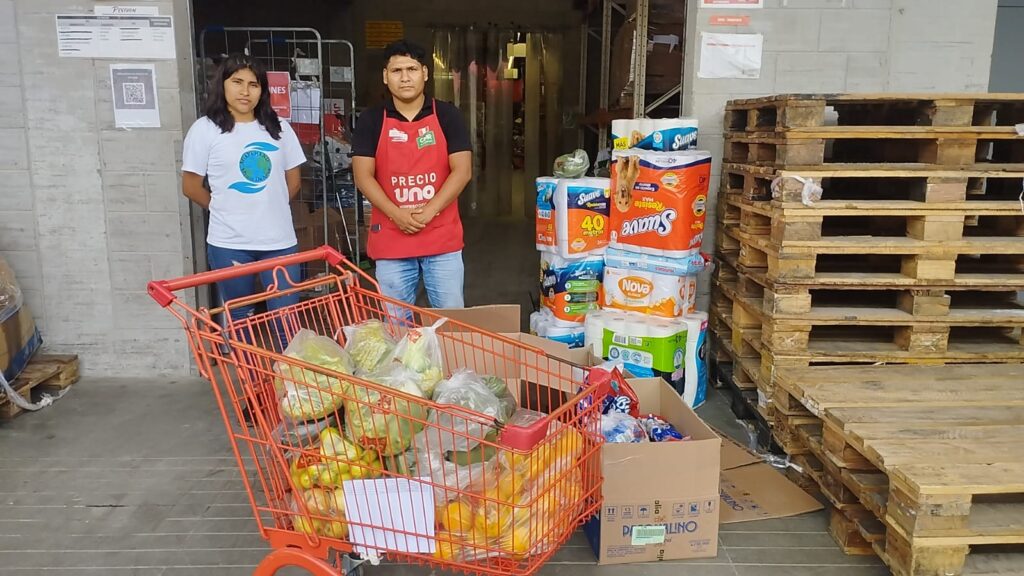Food waste is a global problem that affects the economy, the environment, and vulnerable communities. It is estimated that one-third of the food produced worldwide is wasted, while millions of people suffer from hunger. In this article, we will explore effective strategies to reduce waste and channel surplus food to those who need it most.
Causes of Food Waste
Food waste occurs throughout the supply chain, from production to consumption. Some of the main causes include:
- Overproduction: Producers generate more than the market can absorb.
- Aesthetic Standards: Perfectly edible fruits and vegetables are discarded for not meeting visual criteria.
- Poor Storage: Lack of proper refrigeration and inadequate storage lead to rapid spoilage.
- Household Waste: Poor shopping planning and discarded leftovers contribute significantly to the problem.

Strategies to Reduce Food Waste
1. Planning and Responsible Consumption
- Buy only what is necessary and check expiration dates.
- Store perishable products properly.
- Use leftovers in new recipes.
2. Donating Surplus Food
- Businesses and supermarkets can collaborate with Banco de Alimento Unidos por un Mundo Libre de Hambre de AGAPE HAND to donate food fit for consumption.
- Restaurants and hotels can implement surplus food donation programs.
3. Community Initiatives
- Promote urban gardens and food exchange networks.
- Implement “solidarity refrigerators” where people can leave and take food freely.
4. Education and Awareness
- Raise awareness about the importance of reducing waste.
- Teach how to cook with near-expiry ingredients.
- Encourage purchasing imperfect-looking products.

Impact of Channeling Food to Those in Need
Recovering food not only reduces waste but also:
- Improves food security for vulnerable populations.
- Reduces the environmental impact caused by food production and decomposition.
- Promotes social responsibility and solidarity within the community.



